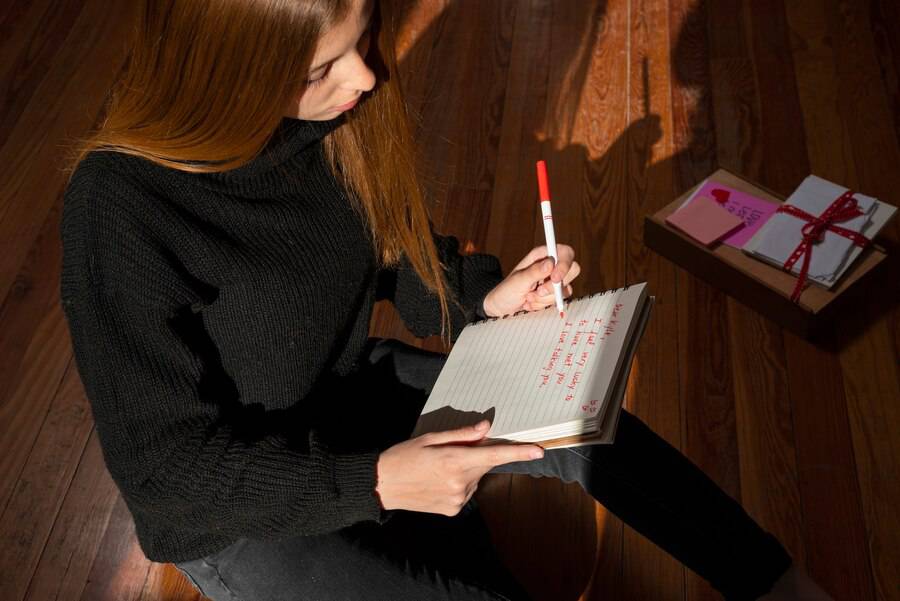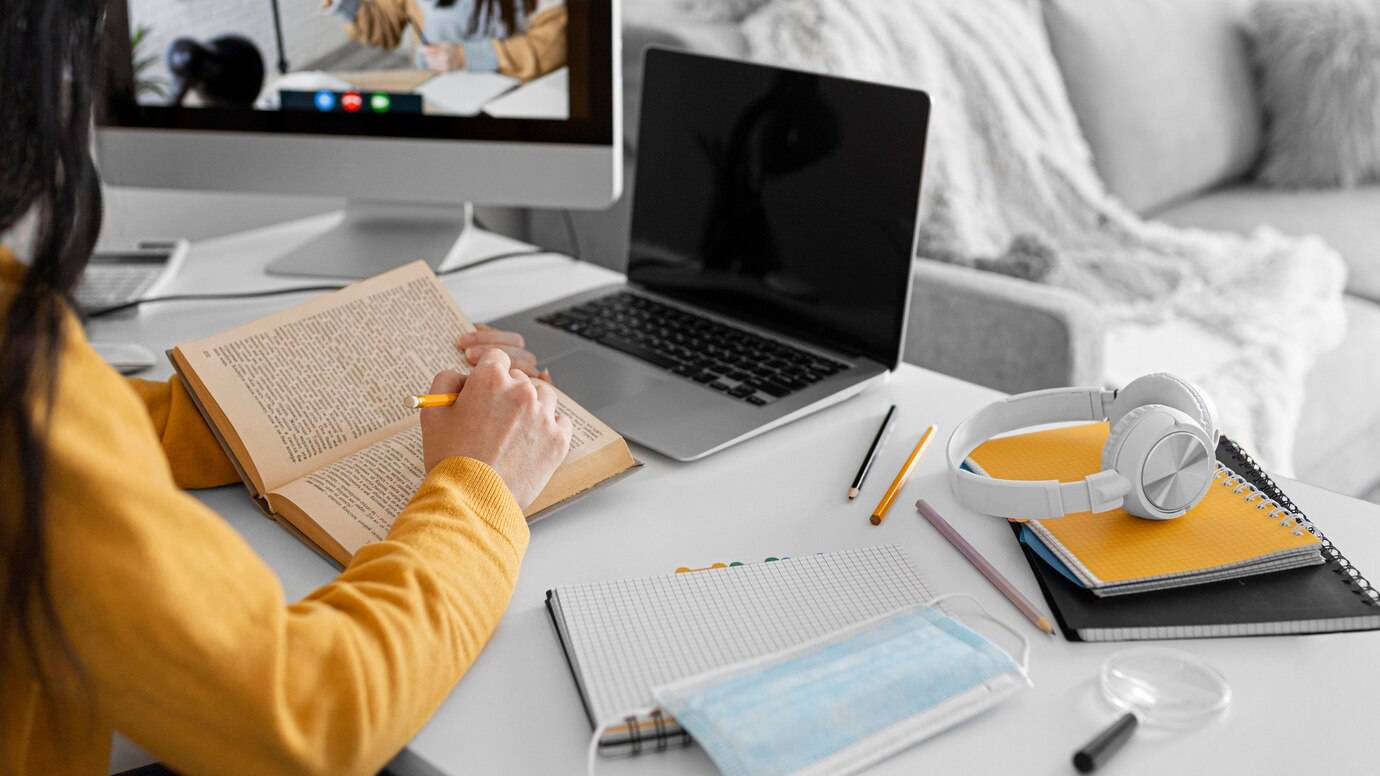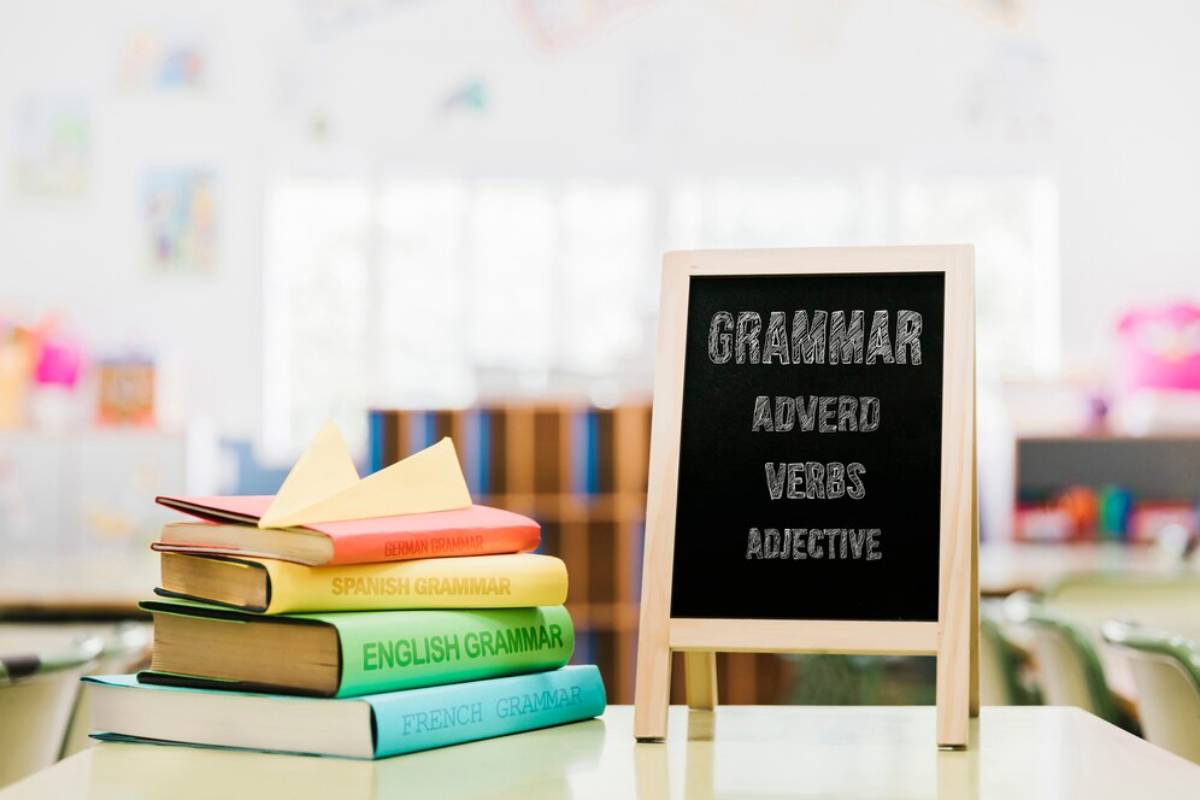
DIY Language Learning Environment on a Budget
Learning a new language doesn’t have to cost a fortune. You don’t need costly software, pricey tutors, or boot camps to improve. Some of the best tools for learning a language are free or already at home.
This blog is for you if you’re a student on a budget, a self-starter wanting flexibility, or someone who enjoys smart solutions. Here’s how to build an engaging DIY learning setup. We’ll use easy resources and budget-friendly immersion methods.
By the end, you’ll know how to create a budget-friendly language learning space. This setup will support your progress, boost your motivation, and fit your lifestyle — all without breaking the bank.
Let’s prove that with a little creativity, language fluency can be both affordable and achievable.
Why Budget Learning Can Work Better Than Premium Tools
1. Flexibility Encourages Consistency
Expensive platforms often require rigid schedules. DIY setups help you weave language into your daily life naturally. This is the key to fluency.
2. You Focus on What Matters
When you ignore flashy features, you focus on the basics: steady input, output, and exposure.
3. Learning by Doing Sticks Better
Making your own flashcards or grammar guides helps your brain remember better.
Set Clear Goals and Track Progress (Free Tools)

Define Your Why
- Want to travel?
- Talk to a partner or friend?
- Pass an exam?
Write this down and stick it near your study space.
Use Free Tracking Methods
- Google Sheets: Make a tracker for hours spent, vocab learned, goals reached
- Notion: Build a visual dashboard to stay organised
- Pen and Paper: Old-school journaling for daily wins and reflections
Build a Budget-Friendly Immersion Setup
Label Your World
Use sticky notes to label:
- Household objects
- Daily routine items (mirror, fridge, shoes)
- Common commands (turn on, close, open)
Bonus: Add a verb, gender marker, and example sentence.
Change Device Settings
- Phone, browser, and apps to target language
- Helps you learn everyday terms passively
Stream Content Strategically
Use free or freemium streaming:
- YouTube: Vlogs, language-specific channels, news
- Viki (free plan): Korean, Japanese, and Chinese dramas
- Pluto TV: Foreign-language news and lifestyle channels
Use Free or Low-Cost Language Resources
Podcasts and Audio
- Coffee Break Languages
- Language Transfer (free courses in audio form)
- Duolingo Podcasts
YouTube Channels
- Easy Languages
- Learn German/French/Spanish with… (creator-specific)
- Multilingual storytelling for listening practice
Free Apps and Tools
- Duolingo (great for habit-forming basics)
- Memrise (free tier)
- Anki (powerful flashcard tool, fully free)
- LingQ (freemium)
Download materials for offline use during commutes.
Speak and Write Without Paying a Penny

Talk to Yourself
- Narrate daily actions (“I’m brushing my teeth”, “Now I’m cooking pasta.”)
- Repeat after characters on shows
- Record voice notes to review later
Free Language Partners
- Tandem and HelloTalk (chat, call, voice message)
- Reddit language exchange threads
- Facebook groups for learners
Start a Free Blog or Journal
- Tumblr, WordPress (free accounts)
- Google Docs shared with a friend for feedback
- Bullet journals or physical notebooks for sentence building
Make Flashcards That Actually Work (Free)
DIY Physical Flashcards
- Index cards
- Colour coding by gender, verb tense, noun type
- Add pictures, context phrases, or drawings
Digital Flashcards
- Anki (use shared decks or make your own)
- Quizlet (free tier)
Power Tips:
- Include example sentences
- Review 5–10 minutes per day
- Use spaced repetition intervals (built into apps like Anki)
Gamify Your Setup for Motivation
Reward Yourself with Free Treats
- Finished a 7-day streak? Watch an episode of a foreign-language show.
- Learned 100 new words? Take a break or enjoy a snack.
Use Habit Trackers
- Printable PDF trackers
- Habit apps like Habitica (gamified habit building)
Join Free Challenges
- Reddit’s Monthly Language Challenges
- Instagram reels with hashtag prompts (e.g., #langchallenge)
Reuse and Repurpose Materials
Kids’ Books and Libraries
- Local libraries often have foreign-language sections
- Simple language and relatable stories
Repurpose Notebooks
- Use old school notebooks to journal in your target language
- Decorate with vocab, drawings, stickers for fun
Printables and Printables from Teachers
- Pinterest and Teachers Pay Teachers often offer free downloads. You can find vocabulary sheets, verb charts, and games there.
Real-Life Case Study: How Sam Learned Italian on £0
Sam, a 26-year-old barista from Glasgow, set out to learn Italian before a trip to Rome. His rule: spend zero pounds.
His approach:
- Daily 20-minute Duolingo streak
- Watched Italian YouTubers and Italian-dubbed Disney on YouTube
- Joined a Reddit language exchange and texted with two native speakers
- Created an Anki deck for the 500 most common Italian words
- Kept a bullet journal in Italian
Result? He confidently ordered food, navigated public transport, and even made small talk at a coffee shop in Rome.
“Learning didn’t feel like a chore because I made it part of my day. And best of all, it cost me nothing.”
Common Budget Learning Pitfalls and How to Fix Them
Pitfall 1: Getting Distracted
Fix: Use screen blockers, time limits, or go offline during sessions.
Pitfall 2: Lack of Structure
Fix: Build a weekly routine. Set Monday for listening, Tuesday for reading, etc.
Pitfall 3: Skipping Output (Speaking/Writing)
Fix: Make voice notes, post on forums, talk to a mirror. Output matters!
Pitfall 4: Too Many Resources, Not Enough Action
Fix: Pick 3 tools and stick with them for 30 days.
Conclusion: Small Budget, Big Breakthroughs

Language fluency isn’t about how much you spend. It’s about how consistently, creatively, and consciously you engage with the language. Your living room, your commute, your phone — they can all become part of your DIY classroom.
With a budget language learning setup, you’ll discover that progress doesn’t have to be expensive. Through low-cost immersion, free resources, and a bit of DIY spirit, you can achieve your goals without sacrificing quality.


